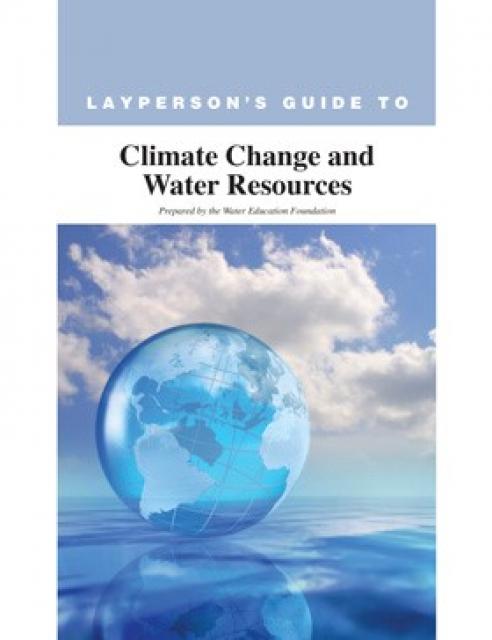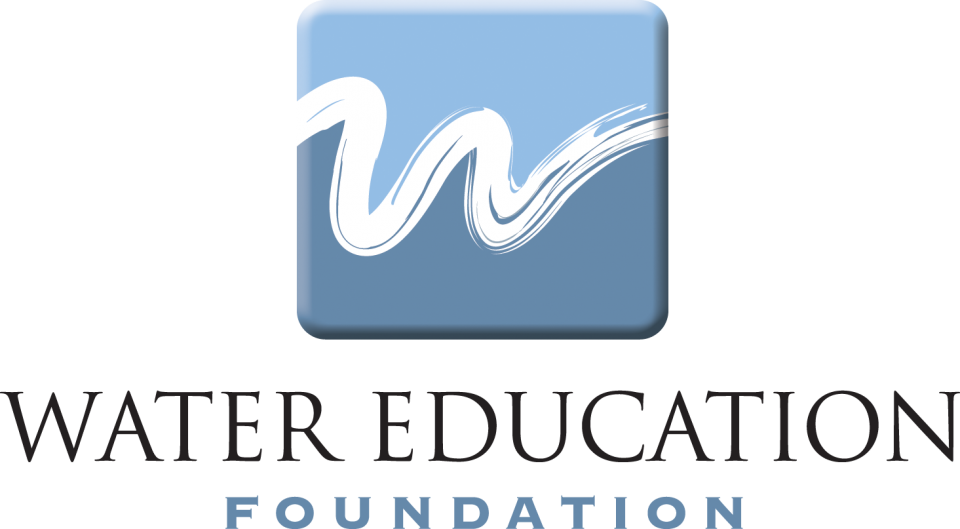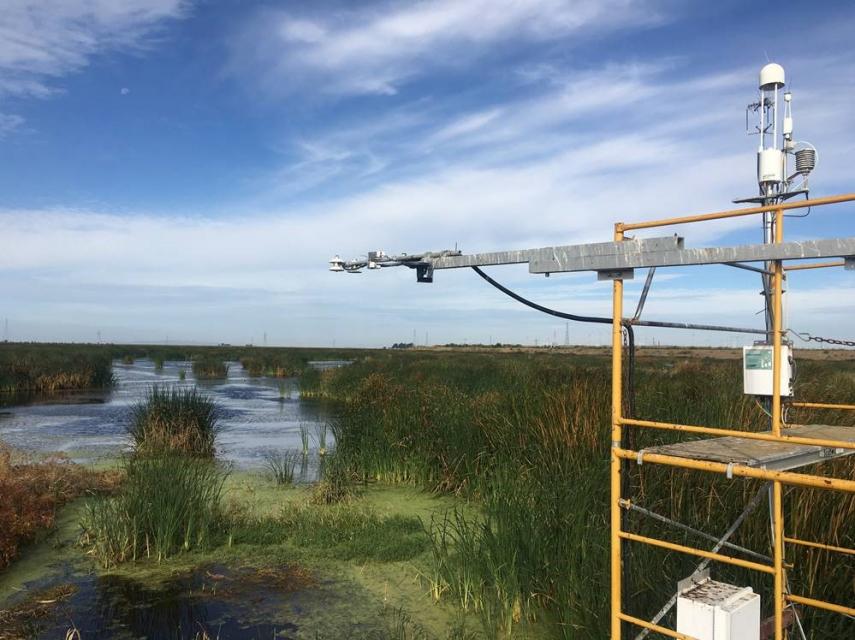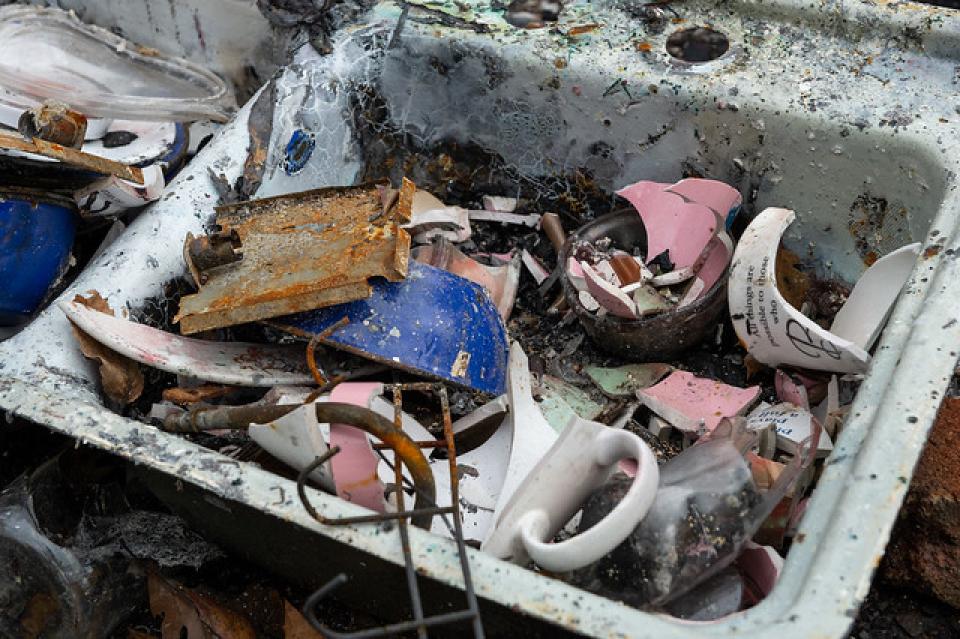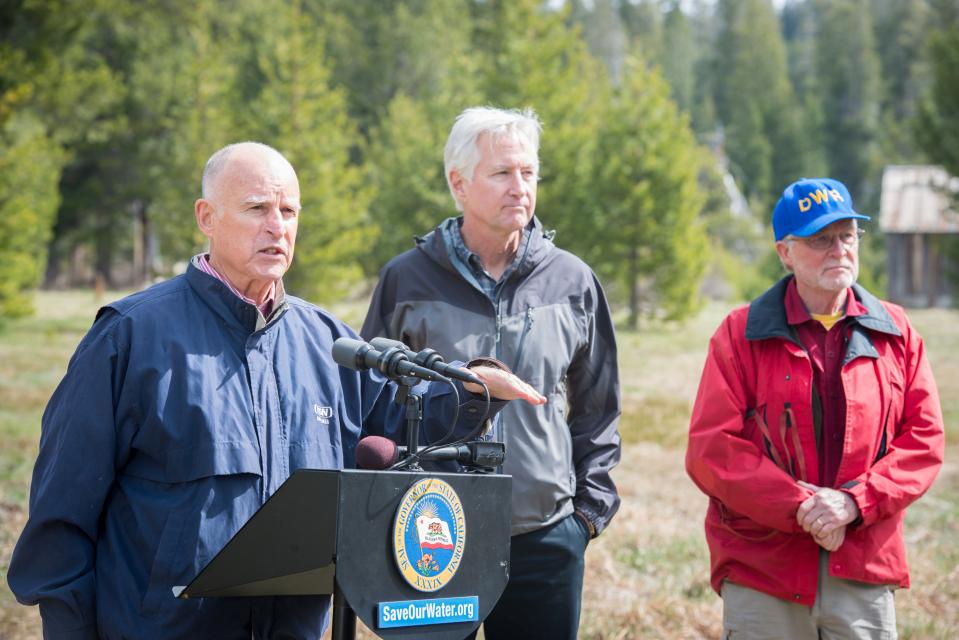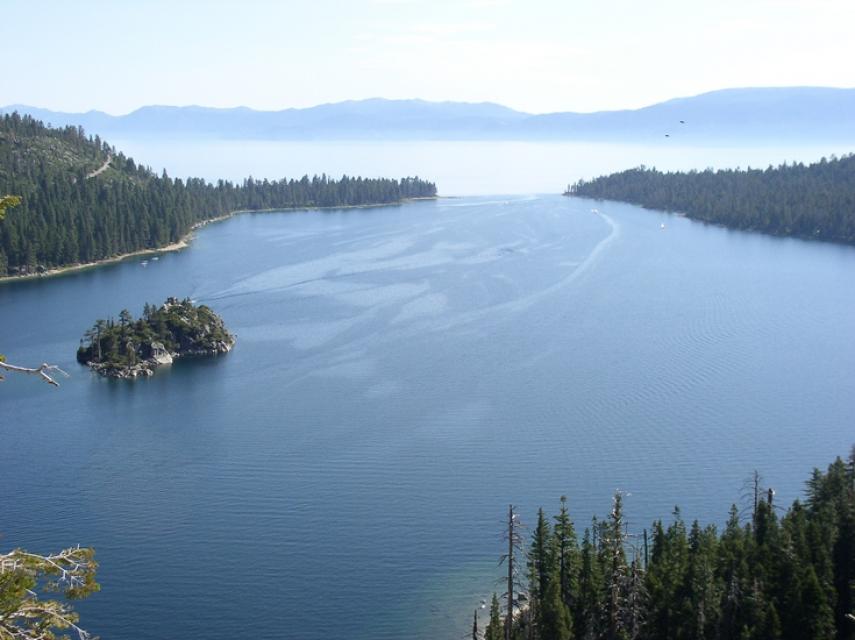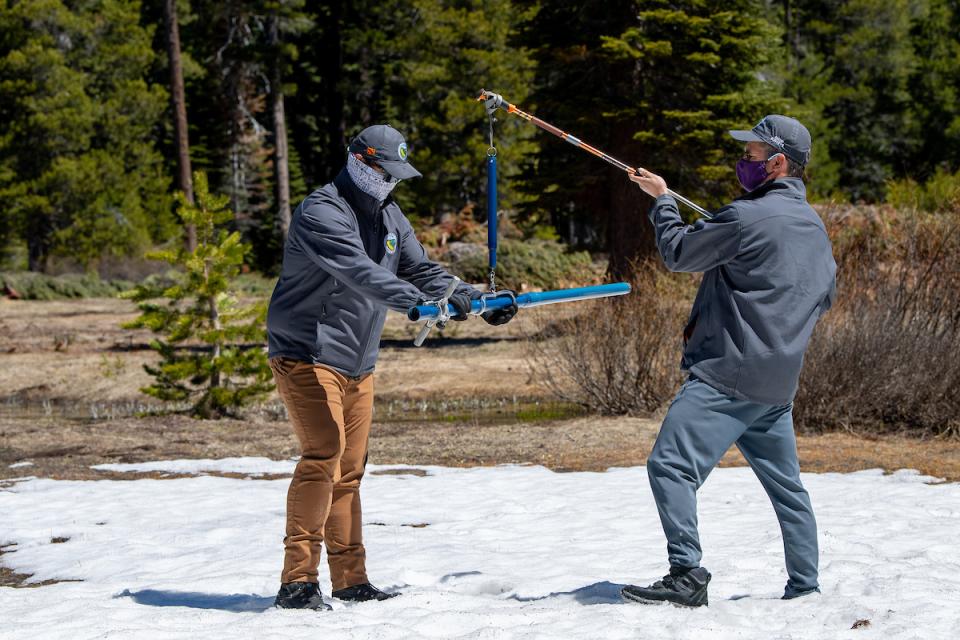Layperson’s Guide to Climate Change and Water Resources
Published 2017
Evidence shows that climate change is affecting California with warmer temperatures, less snowfall and more extreme weather events. This guide explains the causes of climate change, the effects on water resources and efforts underway to better adapt to a changing climate. It includes information on both California water and the water of the Colorado River Basin, a widely shared resource throughout the Southwest.
The 20-page Layperson’s Guide to Climate Change and Water Resources is an in-depth, easy-to-understand publication that provides context, background, a glossary of terms and a list of publications and reports for more information. Order in bulk (25 copies or more) for a reduced rate. Call 916-444-6240 for information.





